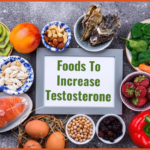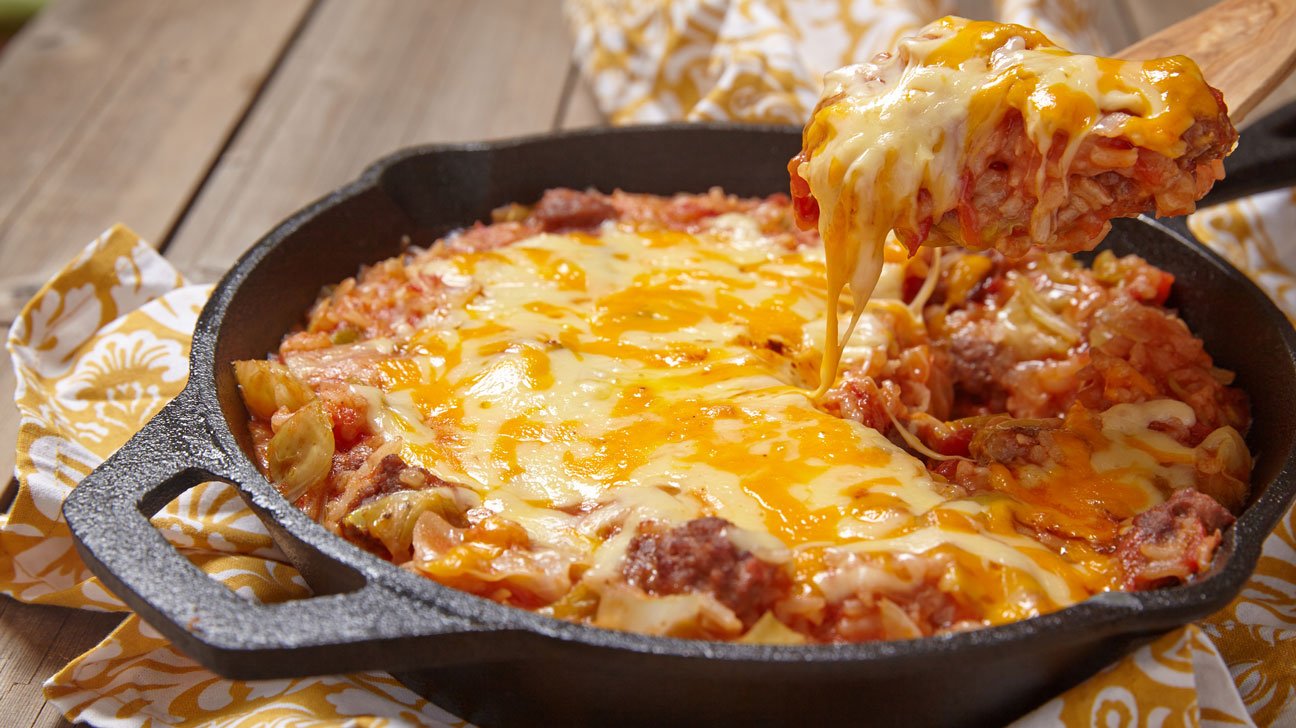Eating a healthy, low-sodium diet is important for individuals with certain health conditions, such as high blood pressure or heart disease. Here are some tips to help you eat healthy on a low-sodium diet:
- Read food labels: Pay attention to food labels and choose products that are labeled as low-sodium or have reduced sodium content. Look for low-sodium alternatives for items like canned soups, sauces, and processed foods.
- Cook from scratch: Preparing meals at home allows you to have control over the ingredients and the amount of sodium in your food. Use fresh ingredients like fruits, vegetables, lean proteins, whole grains, and herbs and spices to add flavor without relying on salt.
- Limit processed and packaged foods: They often contain high levels of sodium. Opt for fresh, whole foods and avoid or limit processed meats, canned soups, frozen meals, and snacks, as they tend to be high in sodium.
- Use herbs and spices: Experiment with herbs, spices, and other flavorings to enhance the taste of your dishes without using salt. Options like garlic, pepper, turmeric, basil, cumin, and lemon juice can add depth and flavor to your meals.
- Be mindful of condiments and sauces: Many condiments and sauces, such as soy sauce, ketchup, salad dressings, and marinades, are high in sodium. Look for low-sodium alternatives or consider making your own with reduced salt or salt-free ingredients.
- Choose fresh or frozen vegetables: Canned vegetables often contain added salt for preservation. Opt for fresh or frozen vegetables and steam, roast, or sauté them using minimal salt, if any.
- Rinse canned beans and vegetables: If you use canned beans or vegetables, draining and rinsing them can reduce their sodium content significantly. This simple step can help lower your overall sodium intake.
- Limit restaurant meals and takeout: Restaurant meals and takeout can be high in sodium due to added salt and flavoring. Limit dining out and opt for homemade meals where you can control the sodium content.
- Stay hydrated: Drink plenty of water throughout the day to stay properly hydrated. Adequate hydration can help flush out excess sodium from the body.
- Work with a registered dietitian: If you have specific dietary needs or health conditions, consulting with a registered dietitian can provide personalized guidance on a low-sodium diet while ensuring you meet your nutritional needs.
Remember, it’s important to follow a low-sodium diet under the guidance of a healthcare professional or a registered dietitian, especially if you have certain health conditions. They can provide you with specific recommendations tailored to your needs and help monitor your progress.











